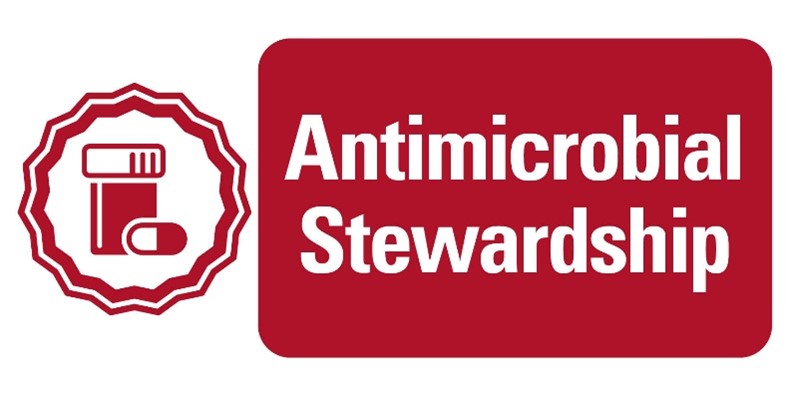
The UNMC/Nebraska Medicine Antimicrobial Stewardship team has developed a new clinical guidance regarding use of infectious disease next generation sequencing diagnostic tests. There is currently no national consensus regarding the use of ID-NGS tests, nor have they been systematically compared to a diagnostic gold standard. The UNMC Antimicrobial Stewardship team reviewed the literature and evaluated UNMC’s most common uses of ID-NGS tests to develop this set of practical guidelines. The guidelines project and this blog post were led by one of our recent graduates, Dr. Cathy Cichon, MD, MPH, during her fellowship.
What is NGS?
Next-generation sequencing (NGS) is a culture-free method of analyzing the microbes within a sample. These tests sequence all or part of the microbial DNA or RNA in a patient specimen (such as serum, tissue, or cerebrospinal fluid [CSF]).
What NGS tests are currently available?
All NGS tests are send-out studies. The most common NGS tests that Nebraska Medicine clinicians order are the Karius Test, University of Washington Broad-Range PCR, and Delve Bio (previously UCSF Center for Next-Gen precision diagnostics) CSF cell-free DNA.
What are the advantages of NGS testing verses conventional microbiology?
The benefits of NGS testing include the potential detection of obscure or rare pathogens, detection of pathogens that are difficult to grow using conventional methods, or detection of pathogens in patients previously treated with antimicrobials.
What are the drawbacks of NGS testing verses conventional microbiology?
The limitations of NGS testing include high cost (>$1000), long turnaround times due to shipping requirements, the detection of commensal/non-pathogenic organisms, and lack of antimicrobial susceptibility testing. Additionally, they have not been compared to a diagnostic gold standard and their performance (sensitivity, specificity, etc.) is unknown.
When are NGS tests useful?
NGS tests have been proposed as a diagnostic tool for a variety of clinical syndromes. While studies are still ongoing, to date the Karius Test has been most useful for culture-negative endovascular infections (i.e. endocarditis or mycotic aneurysm) and the University of Washington Broad-Range PCR has been most useful for biopsies of focal infections (i.e. culture-negative osteomyelitis) where traditional cultures have been negative. They can be considered in other limited circumstances when traditional testing is unrevealing, as detailed in the new guidance document. They are not useful for undifferentiated clinical syndromes (i.e. febrile neutropenia, polyarthritis, etc.). They should only be considered where the result will change care such as if the patient is expected to need >14 days of antibiotics or there is concern that empiric antibiotics will be inadequate.
Who can order NGS tests?
Due to the complexity of interpretation and cost, these tests can only be ordered by infectious diseases (ID) clinicians. If you think your patient would benefit from an NGS test, please consult the appropriate ID team.
Where can I find the guidelines?
The guidelines are in the clinical microbiology section of the antimicrobial stewardship website: https://www.unmc.edu/intmed/_documents/id/asp/ngs.pdf
